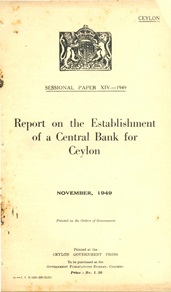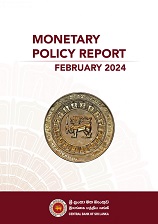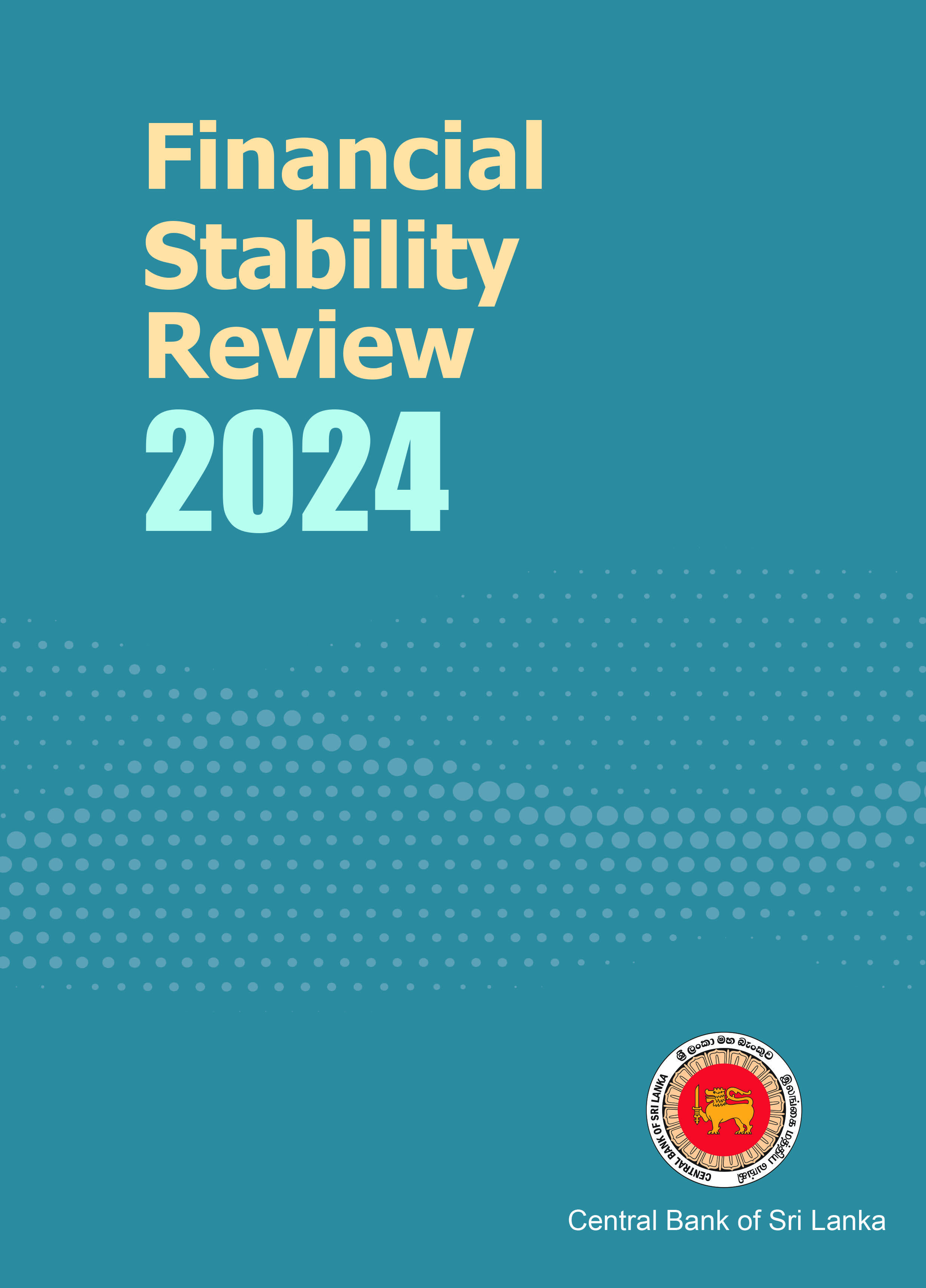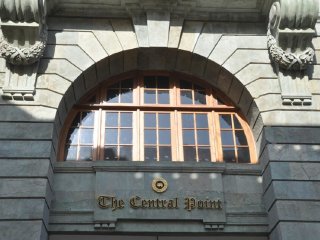According to the Department of Census and Statistics (DCS), the Sri Lankan economy is provisionally estimated to have grown by 2.6 per cent, year-on-year, during the second quarter of 2016 compared to the growth of 7.0 per cent recorded in the same period of 2015. Meanwhile, growth in the first quarter 2016 was revised to 5.2 per cent.
In the second quarter of 2016, Services related activities grew by 4.9 per cent while Industry related activities recorded a moderate expansion of 2.2 per cent. Agriculture related activities, which were affected by adverse weather conditions, recorded a contraction of 5.6 per cent in the second quarter of the year. A combination of improvements in the Purchasing Managers’ Index (PMI) and business confidence as well as favourable base effects in the fourth quarter of 2016 are expected to contribute to a rebounding of growth in the second half of the year.
On the external front, the deficit in the trade account expanded marginally by 0.7 per cent, year-on-year, during the first seven months of 2016 as the decline in export earnings was greater than the contraction in the expenditure on imports. Strengthening the external position, earnings from tourism increased by an estimated 16.0 per cent during the first eight months of the year, while workers’ remittances increased by 4.5 per cent during January-July 2016. In addition to the confidence gained from the Extended Fund Facility of the International Monetary Fund (IMF-EFF), increased investment inflows on account of government securities as well as other financial flows to the government helped to stabilise the domestic foreign exchange market. Reflecting these developments, gross official reserves were estimated to have improved to US dollars 6.6 billion by end August 2016, while the Sri Lankan rupee has recorded a marginal depreciation thus far during 2016.
Reflecting the normalisation of domestic supply conditions as well as the suspension of the implementation of certain changes to government tax policy, inflation declined further in August 2016, on a year-on-year basis. Core inflation also moderated on a year-on-year basis, reflecting the impact of the latter effect.
In the monetary sector, broad money expansion continued to remain high at 17.8 per cent in July 2016, on a year-on-year basis, compared to 17.0 per cent recorded in the previous month. The expansion in monetary aggregates was mainly driven by credit flows to the private sector and the government from the banking system, while credit to public corporations continued to contract during the month. The growth of credit granted to the private sector by commercial banks was at 28.5 per cent, year-on-year, in July 2016, compared to 28.2 per cent in the previous month. Market interest rates, which increased in response to monetary tightening measures of the Central Bank, are expected to slow down credit expansion in the months ahead.
Considering the above developments, the Monetary Board, at its meeting held on 27 September 2016, was of the view that adequate measures are currently in place to contain monetary expansion at levels supportive of maintaining the macroeconomic balance while facilitating economic activity. Accordingly, the Monetary Board decided to maintain the Standing Deposit Facility Rate (SDFR) and the Standing Lending Facility Rate (SLFR) of the Central Bank unchanged at 7.00 per cent and 8.50 per cent, respectively.
Monetary Policy Decision: Policy rates unchanged
Standing Deposit Facility Rate (SDFR) 7.00%
Standing Lending Facility Rate (SLFR) 8.50%
Statutory Reserve Ratio (SRR) 7.50%










